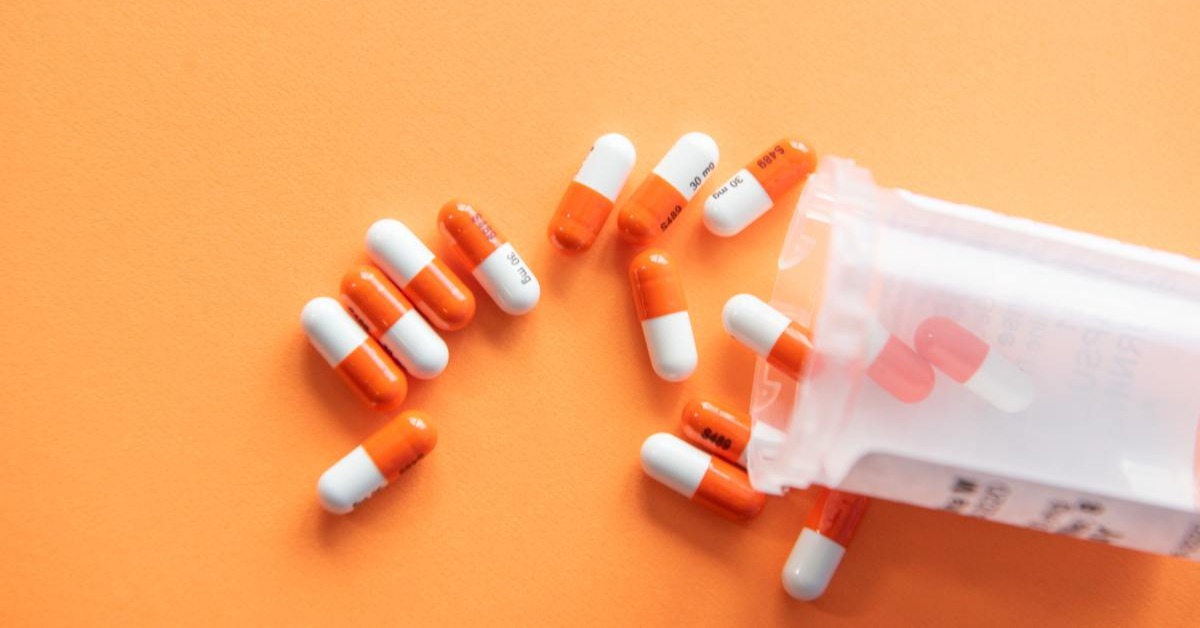
What is a 6-Year BS/PharmD Program?
Becoming a pharmacist requires a good deal of schooling: a [...]
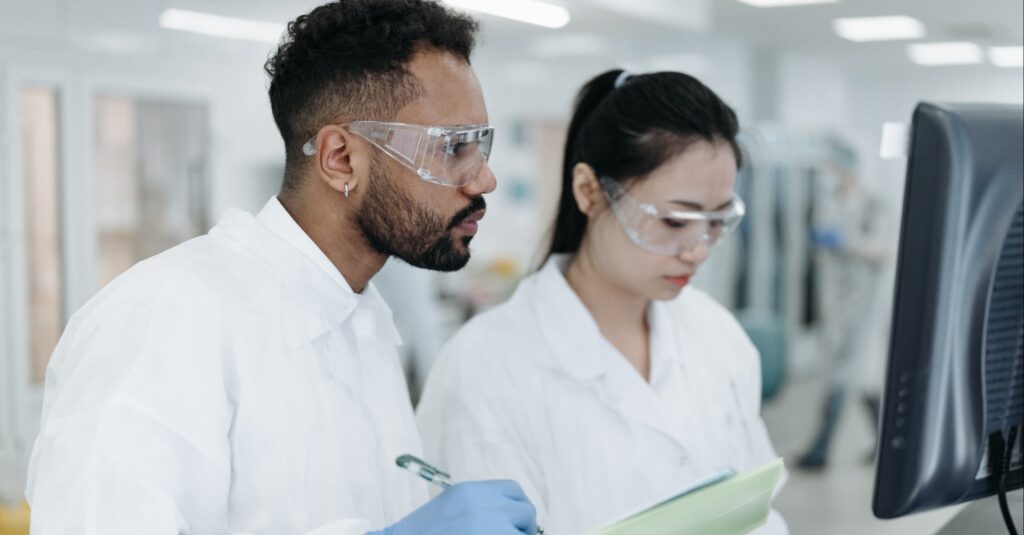
Pharmacists may be the unsung heroes of the medical world. These professionals influence healthcare outcomes by helping patients obtain the medication and related information they need to survive, heal, and thrive. It’s a job that involves more than fishing around on the shelves to find the right bottle of pills. As a pharmacist, you’ll tailor drugs to individual patients through a process called compounding and provide immunizations, such as flu shots and vaccinations to school children, to improve population wellness.
The path to becoming a pharmacist is challenging; some don’t make it through the prerequisite undergraduate coursework. Pre-med, which can lead to a postgraduate pharmacy program, is a notoriously challenging track with comparatively high attrition rates. Even if you don’t go pre-med, programs expect a mastery of challenging math and science undergraduate coursework. The bar for entry is high because you need to understand how drugs are made to safely mix and administer them to patients. When you’re a licensed pharmacist, people’s lives are literally in your hands.
After all that, if you are still wondering what are the education requirements to become a pharmacist?, you may have what it takes to make it. This article provides in-depth answers to questions like:
If you want to become a pharmacist, you need a Doctor of Pharmacy (PharmD). It’s that simple. PharmD programs prepare graduates to take the North American Pharmacist Licensure Examination (NAPLEX). Passing that exam allows you to practice in every state—through a few require additional experience or credentials. Program coursework combines theory with practice that includes clinical rotations. Expect a PharmD program to take four years to complete if you attend full-time (longer as a part-time student). At Butler University students can take up to six years to complete their degree.
PharmDs are different from PhD programs, which feed research and academic careers. If you can’t decide on one, you can pursue both. At Oregon State University, you can complete a combined PhD and PharmD degree through their College of Pharmacy; the degree allows students to pursue practical careers with a research focus.
Each PharmD program is different, but many share comparable requirements. Here’s what to expect.
If you’re pursuing a pharmacy career, that likely means you’re academically talented and want to help others. Successful applications typially showcase a deep understanding of science and math plus excellent people skills and a desire to serve.
While there’s no “right” undergraduate pathway to pharmacy school, common bachelor’s degree majors include biology, chemistry, kinesiology, psychology, and biochemistry. If your school offers a pre-pharmacy or pre-med track, consider it.
It’s possible to apply to a program during undergrad or after an associate’s degree, which can cut down on the time and cost of your education. There are even programs that accept high school students to a six-year bachelor’s/doctorate combined degree program. Applicants to the St. John’s University program only need prove they completed high school chemistry.
The average pharmacy program lasts four years. After that, you’ll likely spend a month or so studying for the NAPLEX, though the exact amount of time depends on your mastery of the material. Instead of jumping into a career, you may decide to pursue a fellowship or residency for a year or two after graduation. Continuing education is a great way to develop a specialization (residency) or become a researcher (fellowship). Specializations include oncology, geriatric, and infectious diseases pharmacy.
Here is an overview of what you’ll learn in a PharmD program based on information from top five programs, according to US News & World Report rankings.
Pharmacy programs have the same basic requirements as other graduate programs. Expect to submit traditional application materials like a resume, letters of recommendation, transcripts, and personal essay. Instead of Graduate Record Examinations (GRE) or Graduate Management Admission Test (GMAT) test scores, PharmD applicants usually provide Pharmacy College Admissions Test (PCAT) scores. Schools are increasingly adopting test-optional admissions policies, so check whether you need the PCAT to apply.
Some pharmacy programs put a premium on work experience; if you’re working as a pharmacy technician when you apply, that can definitely improve your chances. Many schools, like University of Florida, accept non-healthcare volunteer, internship, and work experience. Sometimes, an exceptional work or volunteer experience may even outweigh formal education.
Regardless of whether you have a bachelor’s degree (the University of Florida requires only an associate’s degree to apply), expect to complete prerequisite courses in chemistry, biology, anatomy, and mathematics. Some schools, such as University of California – San Francisco (UCSF), go even further by requiring English and humanities coursework in addition to STEM-related classes.
In a pharmacy program, you’ll further your understanding of the science behind pharmaceuticals, including drug chemistry, then learn how they’re used to help patients. For example, UCSF breaks its core coursework into three sections: foundations, science, and therapeutics and patient care skills. All programs cover these topics.
Most pharmaceutical programs allow students to specialize through electives or projects, though most specialization happens in postgraduate programs. One school offering specialty tracks in the PharmD program is the University of North Carolina at Chapel Hill. Options include Global Pharmacy Scholars (which exposes students to different worldwide pharmaceutical systems), Rural Pharmacy Health Certificate (which prepares students to work in rural areas), and Research and Scholarship in Pharmacy (where students work with expert faculty to produce research-driven work).
Students begin this three-year program by “building a shared base of science and professional knowledge,” which they “apply through the lens of organ systems and diseases.” The final year involves Advanced Pharmacy Practice Experiences and applying patient care skills. Graduates are well-prepared for residency or fellowship programs if they so choose.
In the first year, UNC students learn what they need to work in a pharmacy setting. The next three are filled with clinical experience, more than most programs provide. Students spend less time in the classroom as they progress. Course titles include: Foundations of Clinical Pharmacology, Molecular Foundations of Drug Action, and Business of Health Care.
The University of Michigan College of Pharmacy boasts an excellent student to faculty ratio of 4:1. The program has a history of success. In 2020, more than 68 percent of program graduates joined “top residencies or fellowships.” The others started work in healthcare settings (including community pharmacy and the public sector). Approximately 95 percent of program graduates who took the NAPLEX passed on the first attempt.
According to university statistics, 97 percent of students start working (average starting salary: $109,000) or find a residency within six months after graduating. Those who choose working after graduation earn an annual starting salary of $109,000. Minnesota utilizes a rolling and holistic admissions process, meaning it considers more than academics and allows students to apply year-round, though space is not guaranteed. The program typically admits around 150 students between the two campuses (Duluth and Twin Cities).
It’s worth mentioning that more schools are launching online or hybrid options for students who can’t make it to in-person classes.
Butler will launch its online PharmD program in the fall of 2022. Students who choose the online pathway option have access to the same resources that traditional students do. Students spend four years in this full-time program and attend at least three immersion experiences on campus. Students find a local institution where they can complete their ten-month residency.
When looking at programs, especially online programs, make sure only to consider those accredited by the Accreditation Council for Pharmacy Education (ACPE).
Pharmacists have many career options; community pharmacist is the most commons. According to the American Association of Colleges of Pharmacy (AACP), 45 percent “work in an independent or retail chain community pharmacy and provide counseling to patients on the use of prescription and over-the-counter (OTC) medications.” These professionals earn a median annual income of $128,710, according to the United States Bureau of Labor Statistics (BLS).
Salaries vary depending on your experience and your location. Rural pharmacists typically earn less than urban pharmacists. Per BLS numbers, other healthcare settings for pharmacists, and their median annual wage, include ambulatory healthcare services ($137,820); state, local, and private hospitals ($131,290); food and beverage stores ($131,200); and pharmacies and drug stores ($125,740).
If you pursue a specialization through a residency, you’ll likely earn more than a community pharmacist, though it’s difficult to determine exactly how much. The Board of Pharmacy Specialties states that specialized professionals “experience increased recognition from healthcare professionals and enjoy rewards in salary, promotions and new practice opportunities.”
The federal government needs pharmacists in several different roles. One job involves preparing medication for medical professionals (individually and in bulk) through a process called compounding. You also can take on an advisory position, meaning you observe the creation of new drugs. Or you may become a regulator who investigates proposals and ensures safe marketing for products.
The federal government utilizes the General Schedule, which is a rubric that combines education and experience to determine salary. Pharmacists typically work from GS9 through GS13 on the scale. That means you’ll need at least a bachelor’s degree to start and specialized training to reach the highest levels. You can earn between $46,083 and $59,907 at the GS9, and between $79,468 and $103,309 at GS13. These figures do not include benefits.
Finally, working for a private pharmaceutical company can be lucrative, according to the website GoodRX. One non-traditional pharmacist job is medical science liaison ($157,092). These professionals attempt to bridge research and development and commercial success. Keep in mind, many of the best research or teaching positions for pharmacists require a PhD. Still, a PharmD allows you to pursue many excellent careers, even if you don’t go the traditional route.
(Last Updated on February 26, 2024)
Questions or feedback? Email editor@noodle.com

Becoming a pharmacist requires a good deal of schooling: a [...]
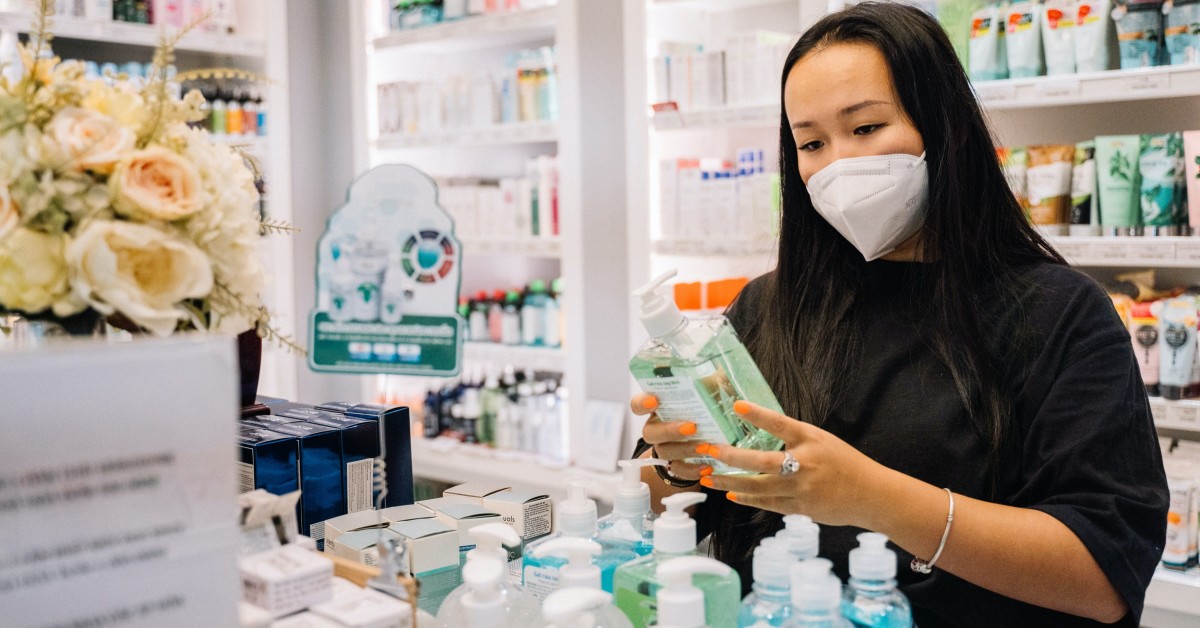
Pharmacy is not only a science; it's also a business. [...]
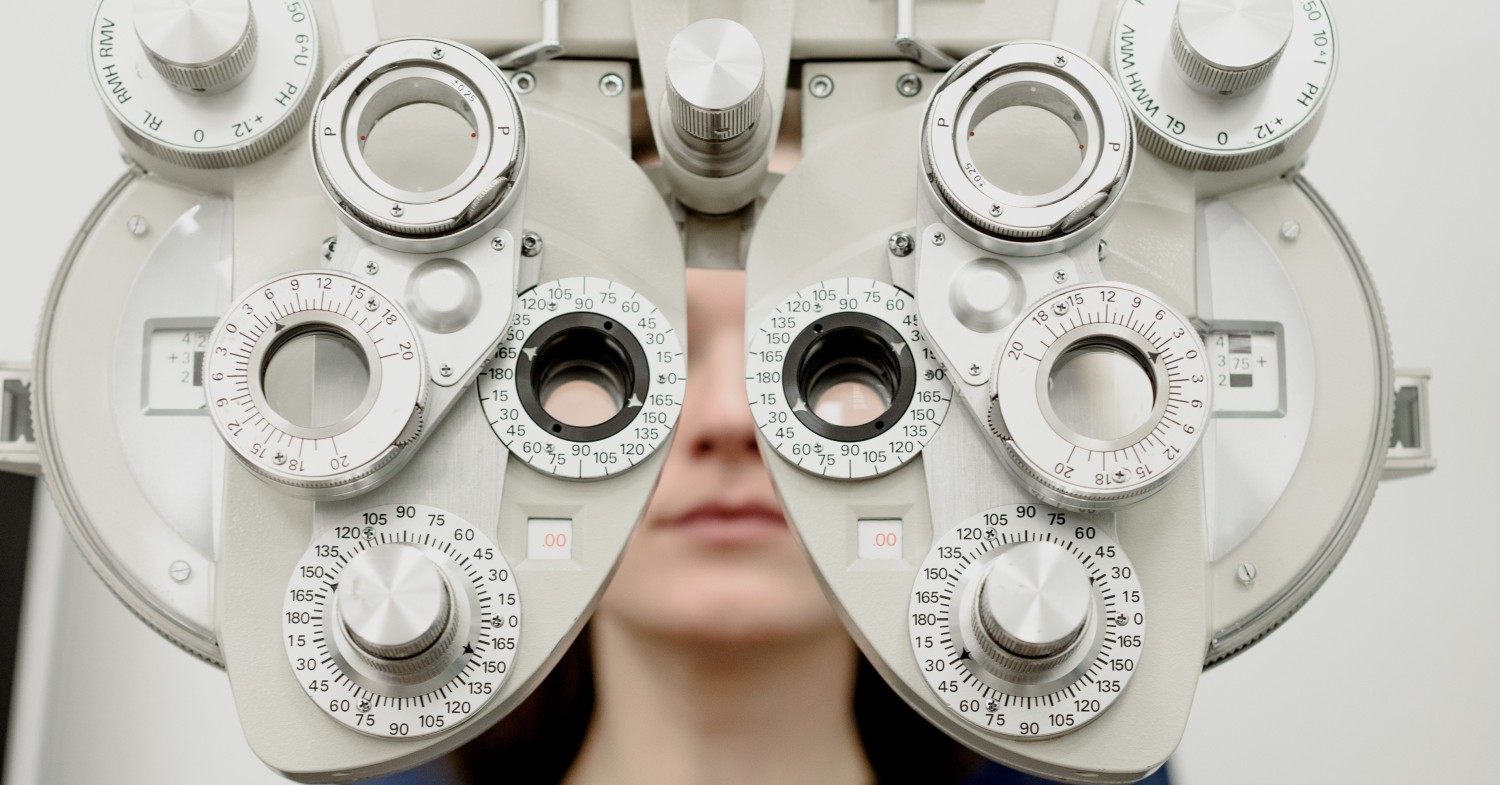
Earning a Doctor of Optometry typically takes four years, although [...]
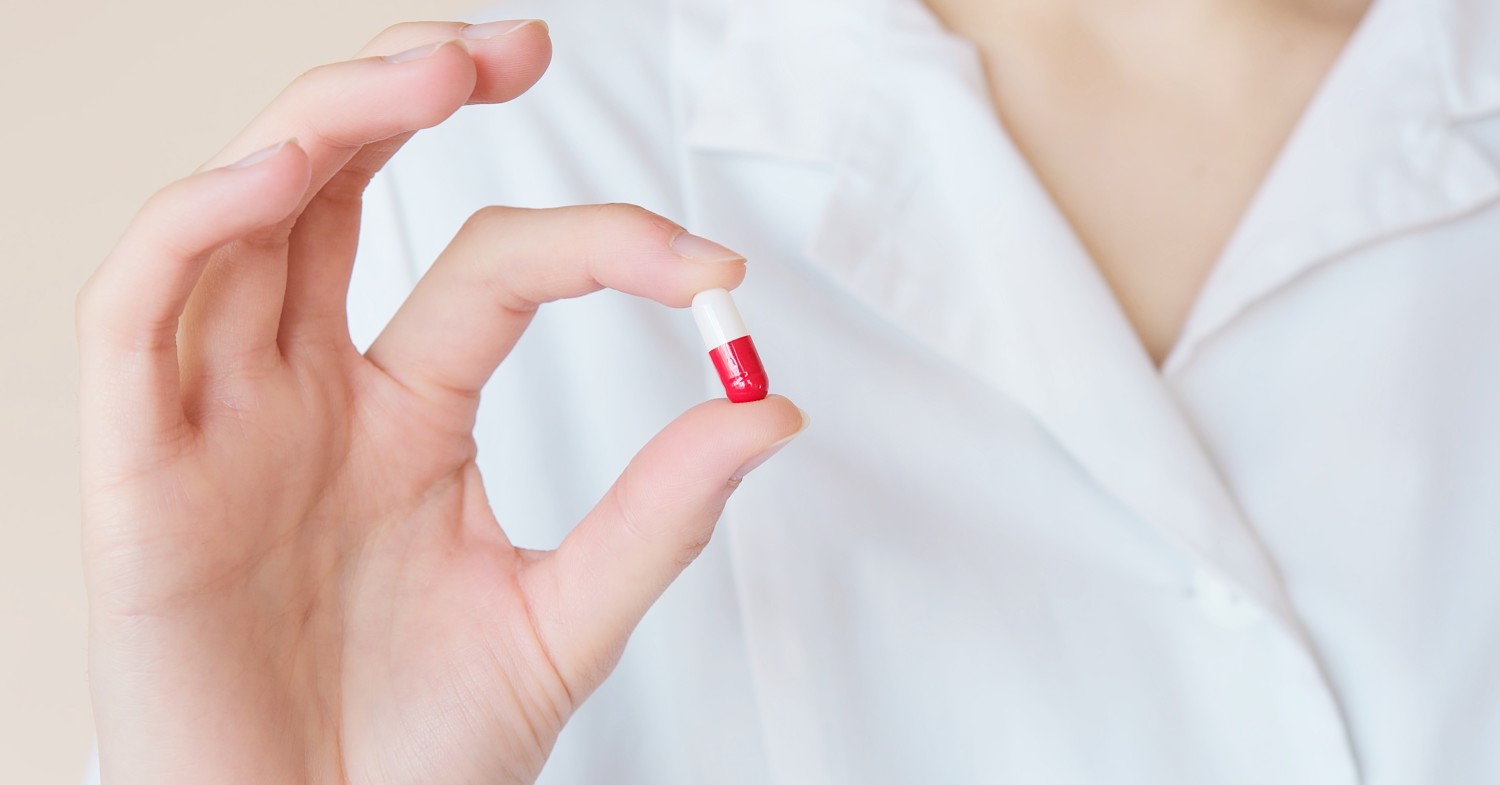
To become a pharmacist, you need to earn a Doctor [...]

Medical social workers play an essential role on healthcare teams. [...]
Categorized as: Medicine, Nursing & Healthcare